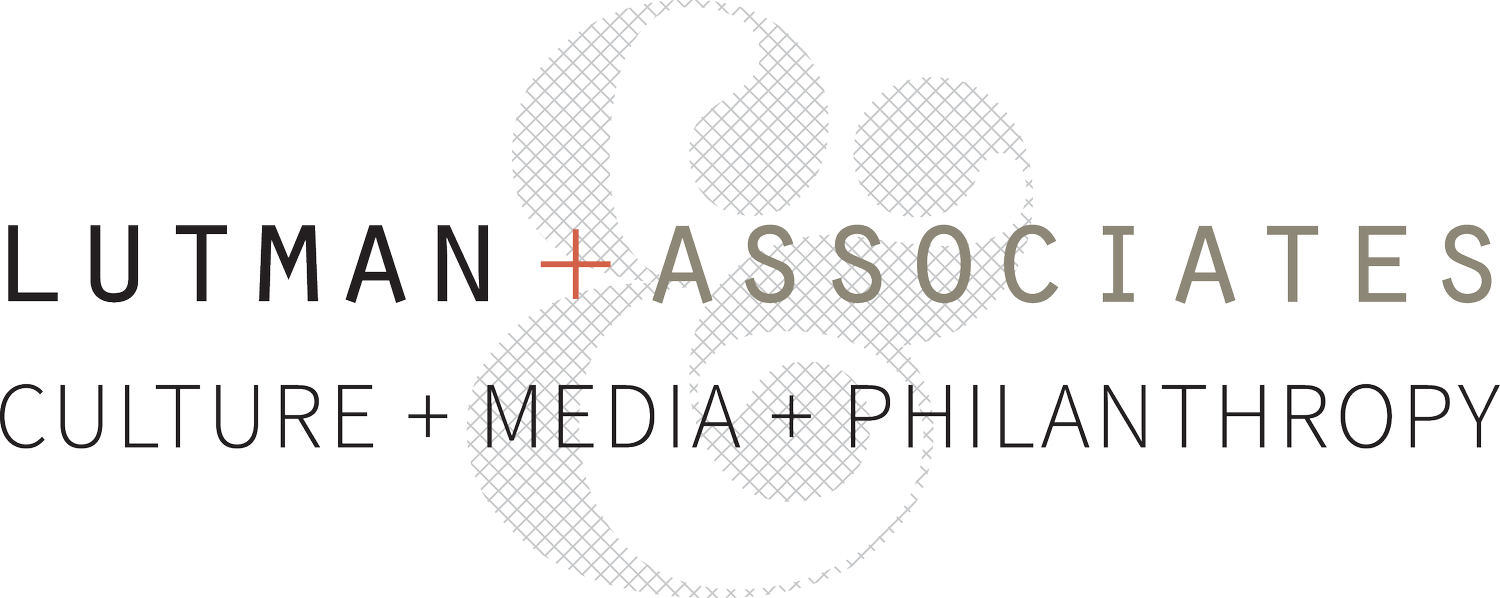Funders work together to change the story and trajectory of a low-income neighborhood that's emphasizing its assets.
Originally published in the June issue of Twin Cities Business magazine.
Which Minneapolis neighborhood has wonderful views of the downtown skyscape, a ready workforce and plentiful residential housing? North Minneapolis, home to more than 63,000 residents. The majority of residents are people of color, and poverty rates are high, which has influenced many in Minnesota’s white majority to view this neighborhood as one deserving of charity and access to social services. The Northside Funders Group, a coalition of foundations, has learned that the neighborhood actually wants business investment, coordinated action by policymakers to encourage these investments, and more urgent responses to strengthen the neighborhood’s underperforming schools.
The north side’s new narrative is that neighborhood change and development can be driven from the inside out. Neighborhood leaders are working toward transformational change, built on the foundation of their neighborhood’s assets, not its deficits. What are the north side’s assets? Talent (a large workforce; 56 percent has some college or a four-year or higher degree), leadership (civic leaders working with common purpose and energy) and geography (including proximity to downtown).
One organization whose work is nearly always mentioned in this new narrative is the Northside Funders Group and its dynamic leader, Tawanna Black. Founded in 2008 when a small group of foundations gathered to share ideas and plans, NFG now has 20 members who have come together to learn about the neighborhood, align their grantmaking for maximum impact, and advocate for policy changes that will benefit the neighborhood’s vitality. Collectively these funders provide $12 million to $17 million annually to about 200 nonprofits serving the area. Black was hired to lead the group in 2013. Since then she’s accelerated NFG’s progress and brought energy and visibility to the role.
Sarah Hernandez, program officer at the McKnight Foundation, co-chairs NFG. She says, “We talk about our levers: the opportunity to learn together, to leverage our giving together, to influence together and to invest together. As a collective of funders, we can realize we can influence not only our own giving but also policy, opinion and investments beyond our own.” Jo-Anne Stately, director of impact strategy at the Minneapolis Foundation, is NFG’s other co-chair. “Through NFG we are getting much better at talking to one another to deal with the larger systems issues. Things are changing, and changing faster,” Stately says.
Two programs in particular seem notable for Twin Cities Business readers; they both offer ways for the business community to get involved. North@Work is a targeted, five-year effort to place 2,000 African-American men in living-wage jobs. When successful, this effort can bring more than $50 million annually in new wages to north side residents and families. Created in response to data that show African American men are the second least likely to achieve stable employment after participating in a public workforce program, North@Work provides training, support and placement services to cohorts of men seeking jobs. While 11 percent of the Minnesota workforce today is African American men, by 2040 that percent will rise to 24. The urgency to help African American men develop the skills, networks and experiences needed to fill new jobs is one shared by businesses, government agencies and nonprofit organizations. Employers will find North@Work a great place to get involved in this “everybody in” collaboration.
The newly announced Opportunity Neighborhoods for Regional Prosperity program builds on North@Work but also brings together multiple workforce development initiatives and has broader efforts. NFG wants to increase the number of jobs reachable by north side residents within a 30-minute commute, develop working capital to invest in neighborhood-based minority-owned businesses, align philanthropic strategies related to economic and workforce development, and integrate this body of work within government agencies whose roles include these sectors. NFG members have identified the mismatch between programs and services in the various sectors as a challenging obstacle to economic development. Activities like making sure locations in the neighborhood are “business ready,” developing transit options that make it easy for residents to get to work, and promoting safety and discouraging crime are all actions that require cross-sector approaches.
“Business leaders can help us by thinking about how they can fully leverage all their strengths to help build the north side’s economy,” Black says. “While they could think in charity mode by giving money or volunteering, the real impact will come from economic development. Business leaders have something major to offer communities. We need your strategy minds,” Black continues. “We need to hear what you think business can do to help our efforts.” Too often, she says, the collaborative nature of Minnesota’s culture is cited. Yet in reality, there is segmented collaboration “at the business table, at the philanthropy table, and at the community table” instead of purposeful pursuit of coordinated, cross-sector approaches. “I know it’s harder, I know it’s slower,” she says. “But it pays off. What we’re trying to do demands deep, cross-sector work, and we’ll need to persevere.”
“Our state can only be as strong as the north side is strong. The economic development of the north side will affect our entire state’s economy and well-being,” Black says. Sounds like a call to action—why not heed it?
